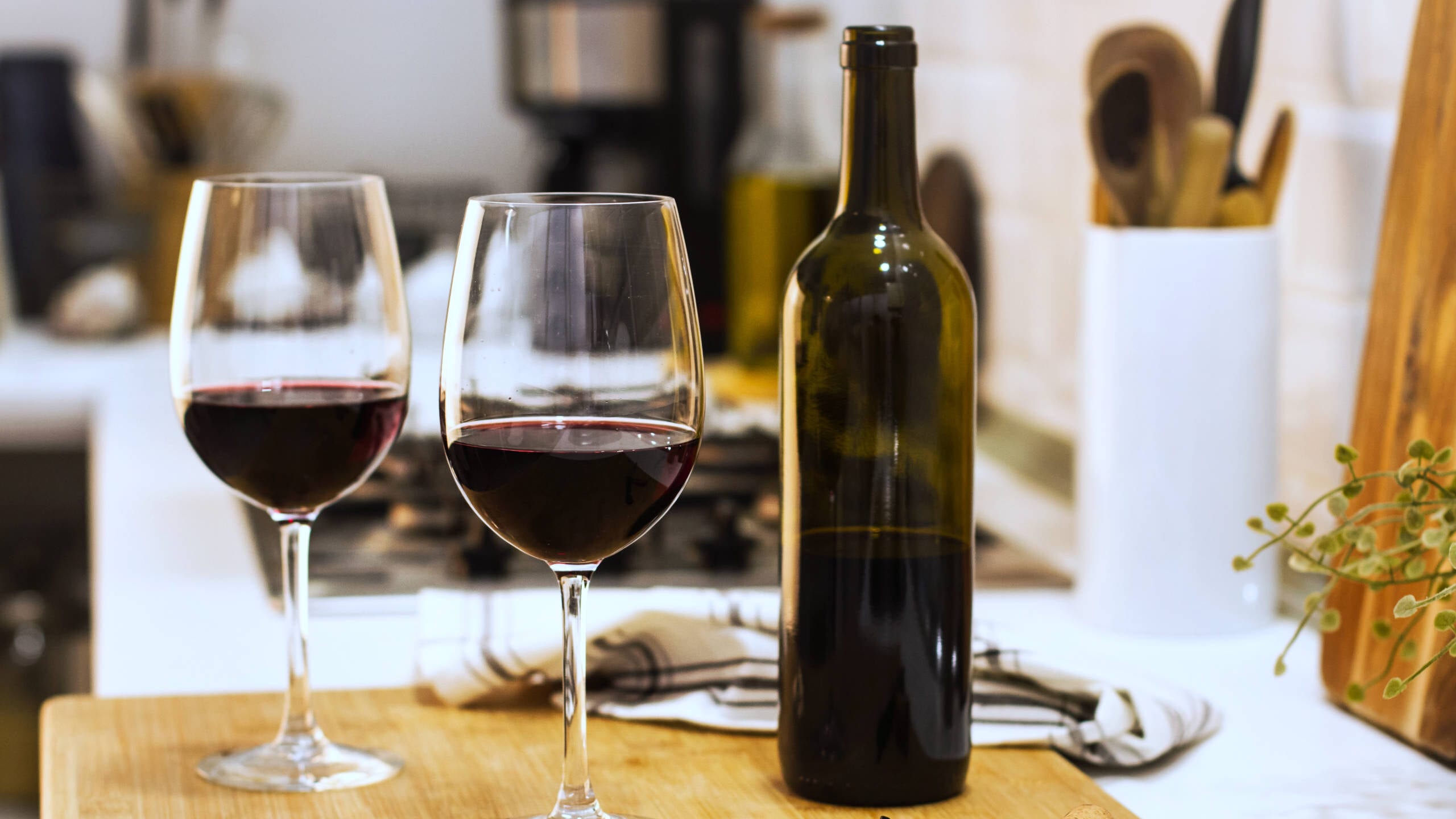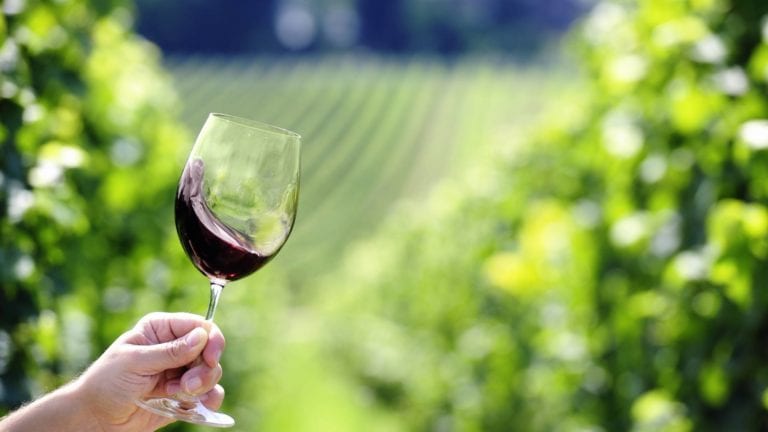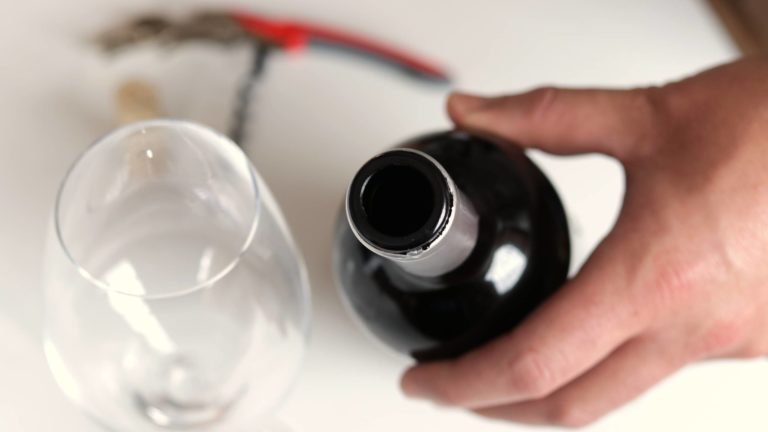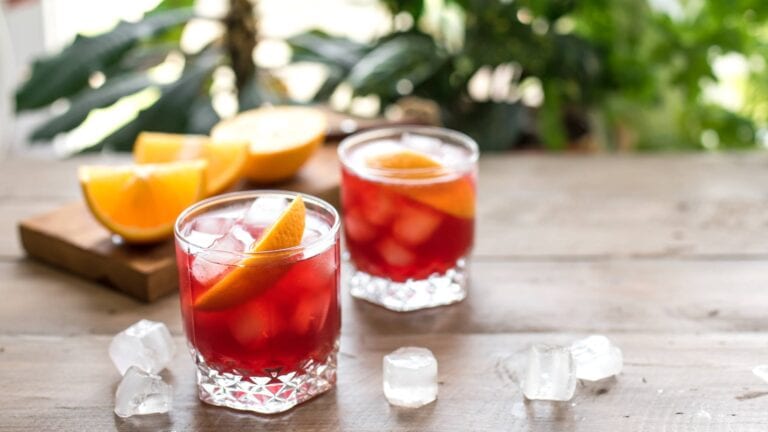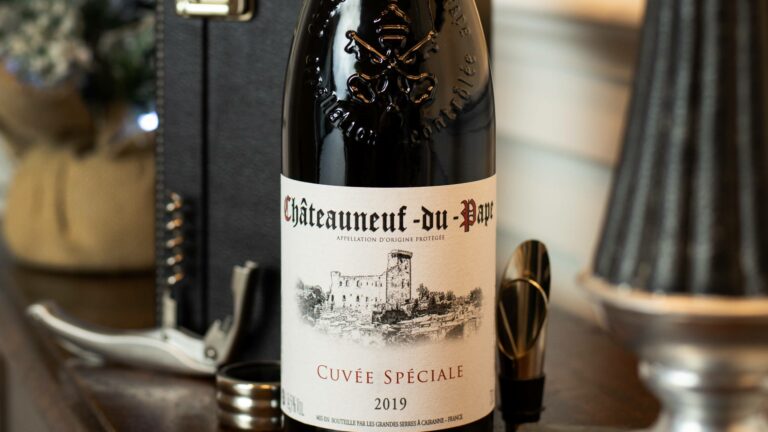It’s a common misconception that buying and serving wines is complicated. It’s not. It’s just that the wine world is often shrouded in myths and rumours. So forget what you’ve heard, and follow these simple tips below to get the most out of your wine purchases.
Once you’ve read this, you should know where to look, what to serve and how to serve it!
1) Know What You Like
The most important factor to consider when buying wines is to know what styles of wine you like. You may see a fantastic deal to get 75% off a Reserve Quality Rioja, but if you don’t like fruity oaked red wines there is no point spending even £1 on it. And the same applies if you plan on using this wine in a recipe – always remember the golden rule: if you wouldn’t enjoy drinking it normally, don’t use it in cooking!
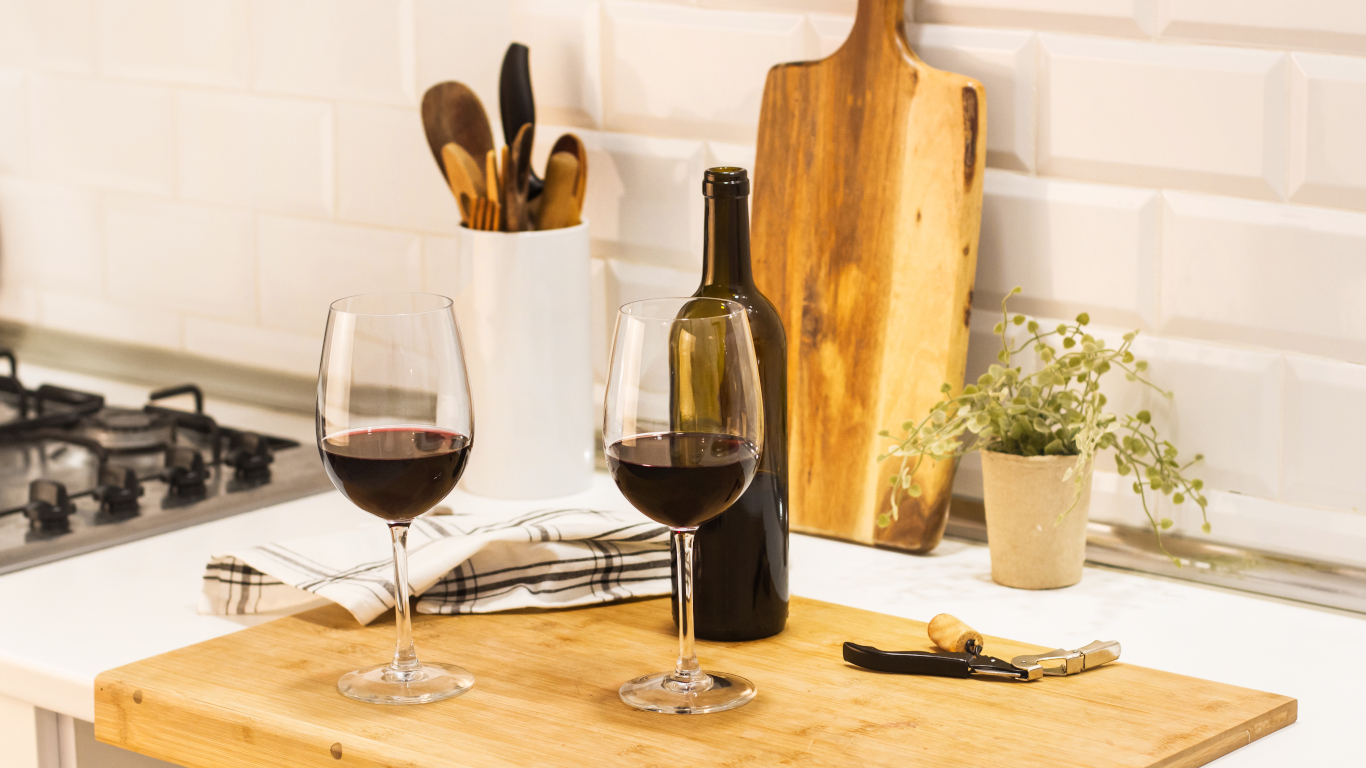
You can find out more about different wine styles in our Wine Guide, or you can speak to one of our Wine Advisors on the phone and have a proper chat about it!
2) Hunt Out the Small Wineries
To ensure that you get value for money, it is best to look to the small wineries that don’t have a marketing budget, and are more concerned about making fantastic wines. Sometimes it can be hard hunting out a small winery that’s not on many people’s radar. Here at Virgin Wines we take care of this part and introduce such wineries to you. Not only do the winemakers get exposure for their wines but you get great tipple too – a winning formula!
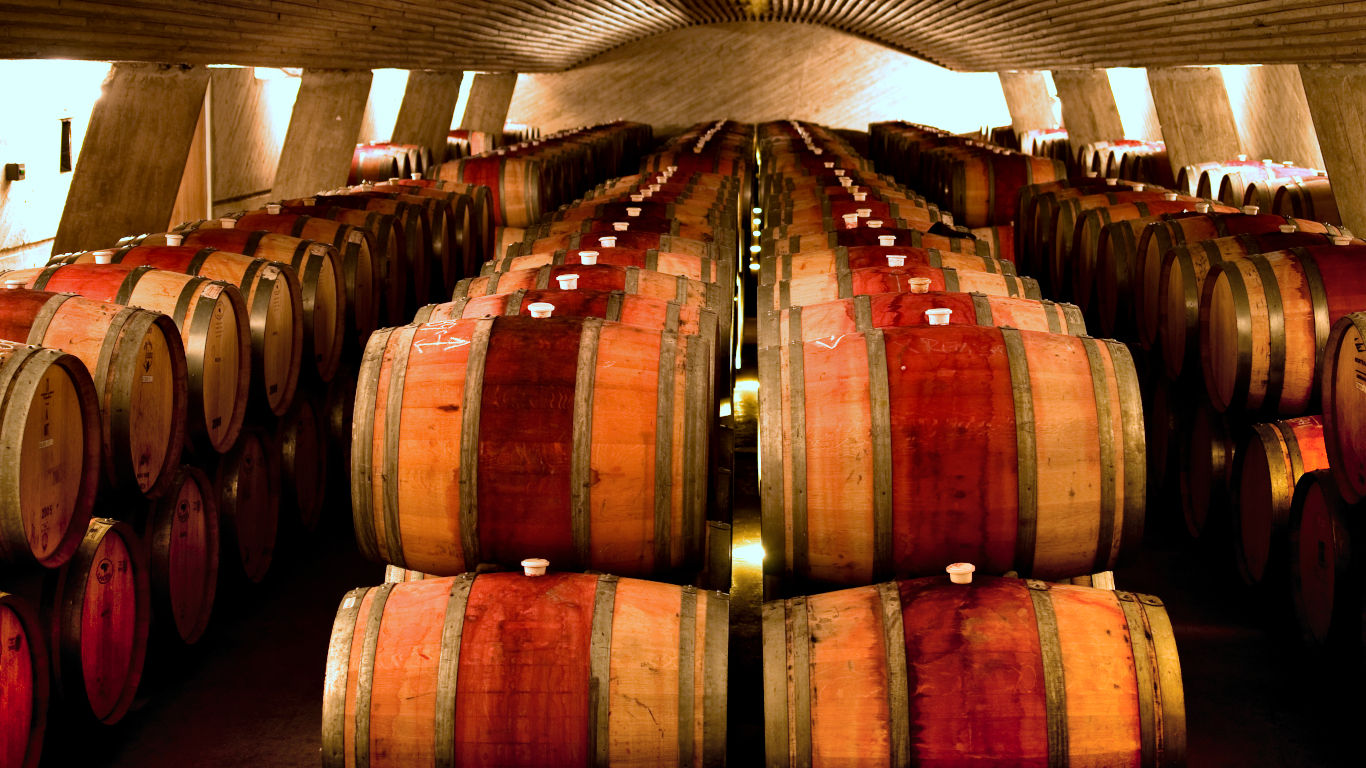
3) Seek Out Less Fashionable Regions
Wines from much sought after regions such as Bordeaux are often very expensive. But at Virgin Wines, we try to look at neighbouring sites just a stone’s throw away from their more expensive siblings, or countries / regions that produce similar wine without the fashion tag. The quality of the wine is just as fantastic, but it is often far more wallet friendly. A good alternative to Bordeaux for example would be a Chilean Cabernet Merlot or Cabernet Franc, as would a Chilean Chardonnay to a Chablis.

Check out the Wine Regions section of our Wine Guide to explore new regions you may not have heard of before.
4) Don’t Be Afraid to Experiment
We hold numerous tastings throughout the year, which gives our customers the opportunity to try before they buy. Why do we do this? Well, for one, they are incredibly fun! And it allows us to get to know our customers a little better. But it also gives our customers the opportunity to experiment.
Would you purchase a wine from Romania? How about Lebanon? Turkey? We stock wines from all of these regions, and they are absolutely delicious. Rather unfairly, these regions aren’t well known for their winemaking abilities. So getting to experience and sample these wines allows our customers to broaden their horizons and discover new areas.

Keep an eye on our Live Events page if you fancy coming along to one of our upcoming wine tasting events.
5) You Don’t Have to Buy Champagne to Add a Little Sparkle
Sparkling wine or Champagne is a great aperitif. But you probably don’t need us to tell you that big name Champagne labels will add to the cost. Instead, go for a value sparkler and we guarantee that your guests will be just as happy. Prosecco continues to grow at an alarming rate, even causing some in the Italian wine industry to panic over production not being able to cope with demand! That alone tells you all you need to know about Italy’s answer to Champers… people can’t get enough of it!
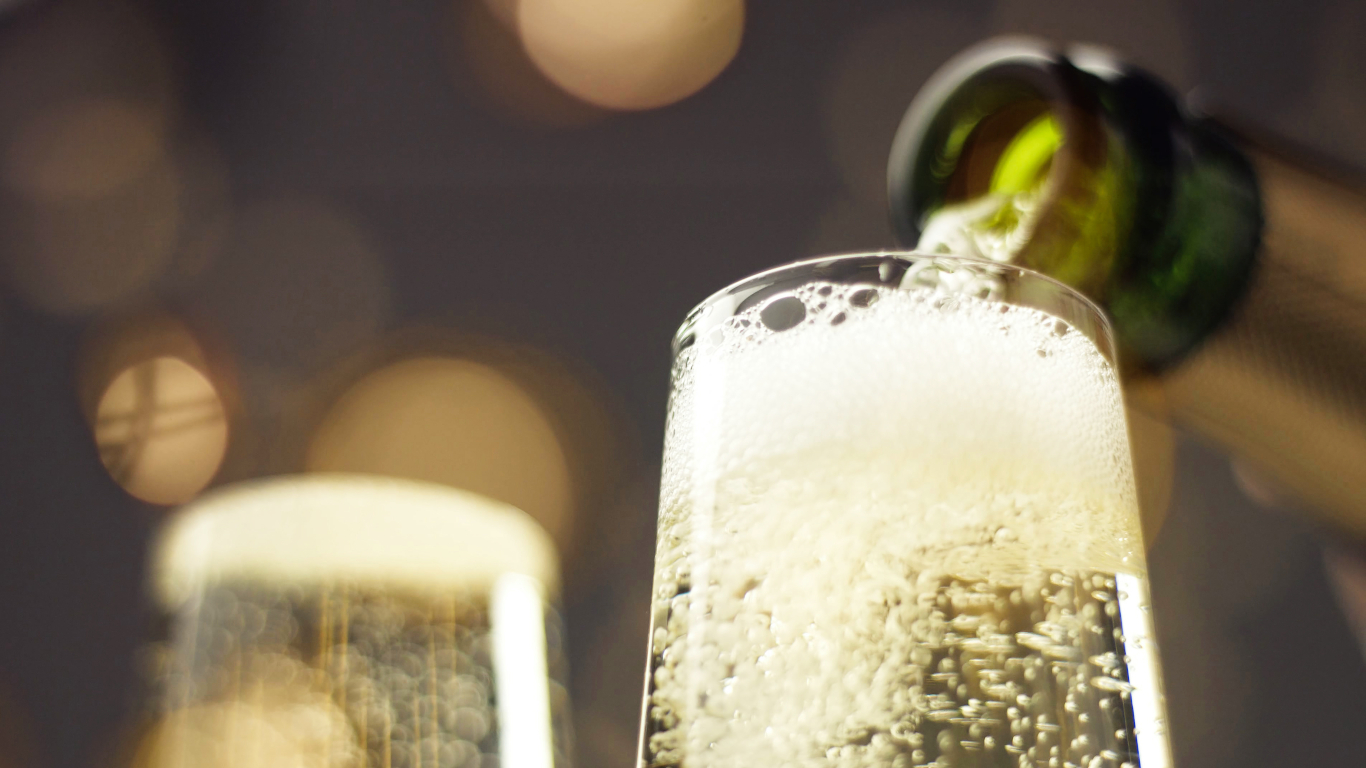
If budget friendly is what you’re after, we’d also recommend trying the Due Colline Rosé Spumante which is absolutely stunning, and only a tenner a bottle.
6) Choose Your Pre-Dinner Drinks Carefully
If you are serving food, your guests will probably be drinking on an empty stomach, so choose wines that are soft and gentle. A neutral or fruity wine such as Pinot Grigio or Australian Riesling will work well, as will a soft or fruity red like Merlot or Syrah. It’s probably best to avoid serving an acidic wine such as Sauvignon Blanc or a heavy red like Cabernet Sauvignon as they can be too harsh on their own. Instead, these are best saved for food.
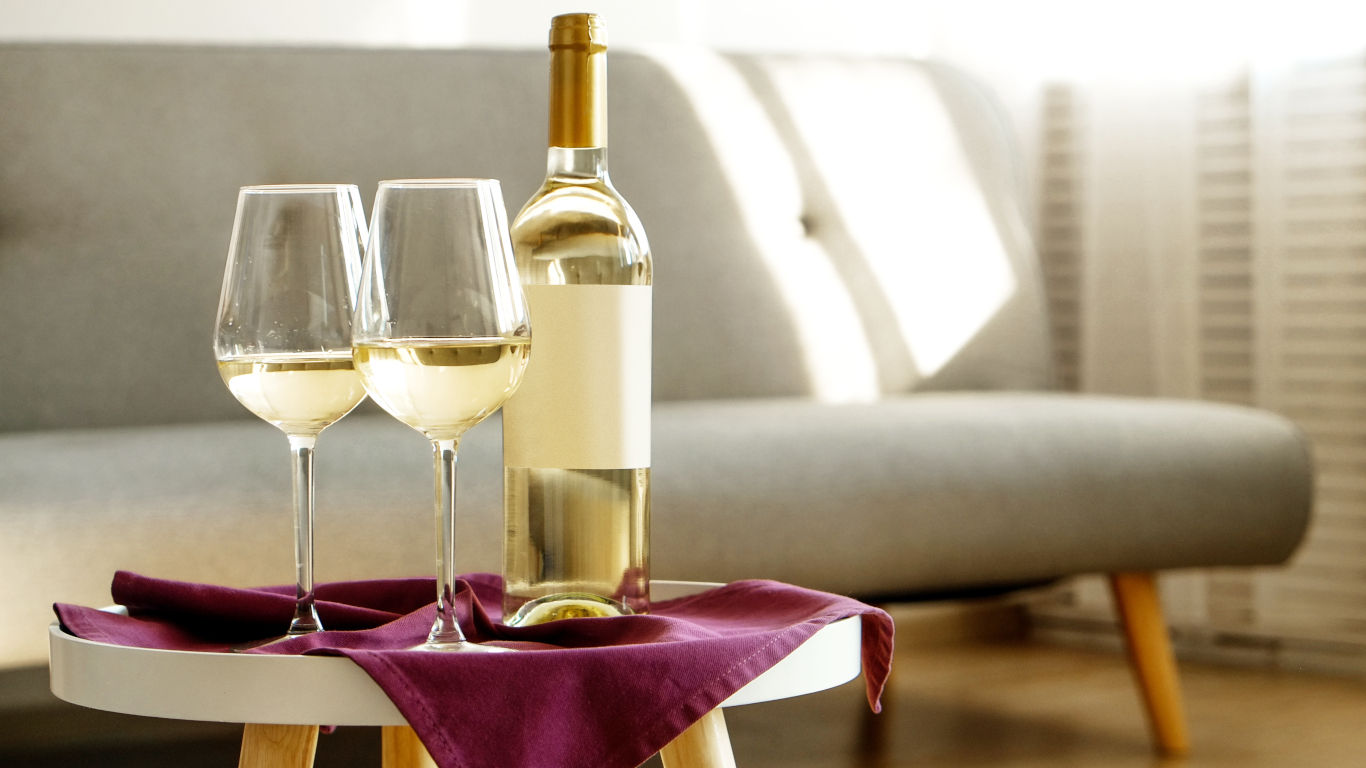
7) Change Your Wines to Match the Food
To get the best out of your wines, you should change your wines as you progress through a meal. Try matching the weight of the wine with the weight of the food – so while a crisp Sauvignon Blanc may taste great with a starter of Calamari, a Spanish Rioja will go far better with roast lamb for example.
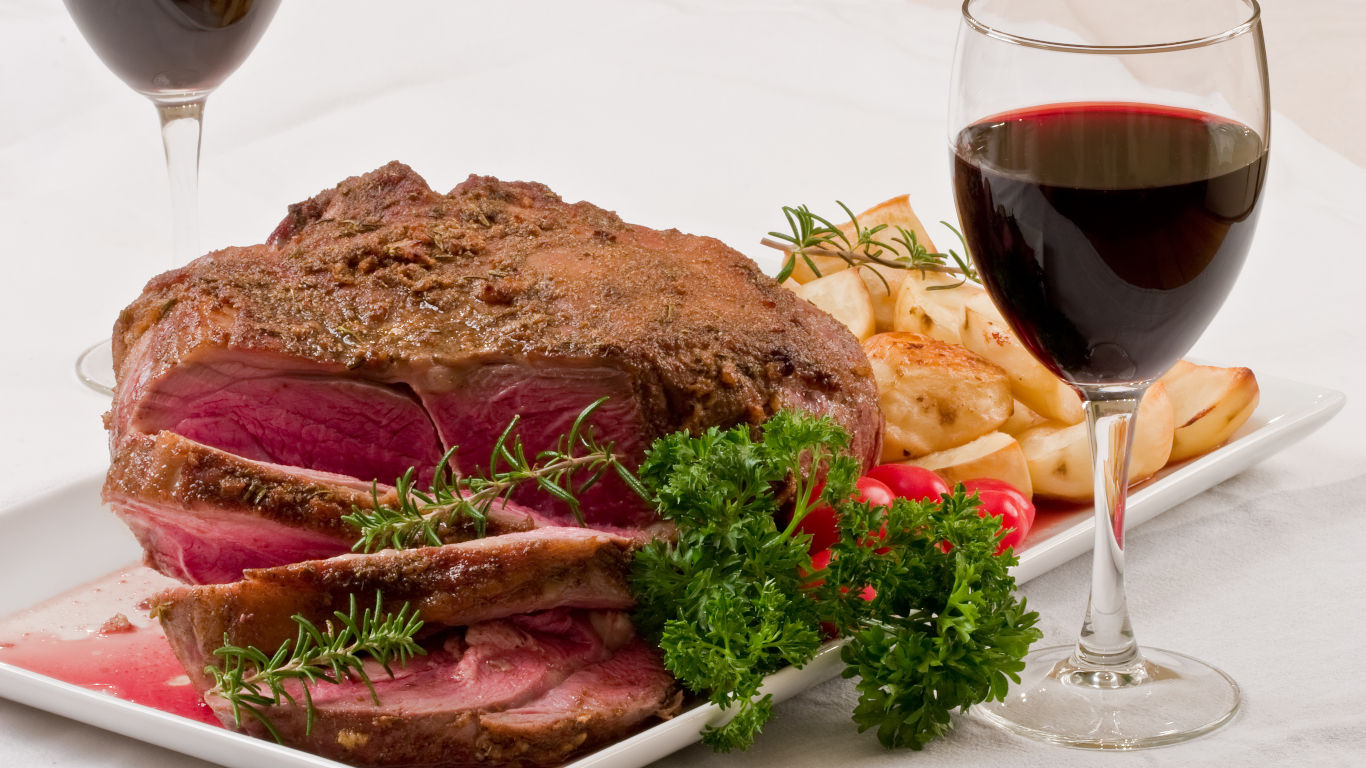
For an in-depth look at how to pair wine and food like a pro, head to the Wine and Food section of our Wine Guide.
8) Match Food and Wine Origins
It’s no coincidence that wines of Chianti go brilliantly with the tomato rich pasta and roasted vegetable dishes that are the staples of the Tuscan diet. Similarly, it makes sense that the fruity, full-bodied Pinot Noirs of Burgundy go so well with herby meat and poultry dishes such as coq au vin. These food and wines grew up together and this is well worth considering when you are matching food and wine. A Spanish red will work wonders with tapas, as will a crisp Loire with moules marinere and, whilst you may be more tempted to opt for a pint of water or lager with your Indian dishes, try a spicy white such as Viognier, Riesling or Gewürztraminer.
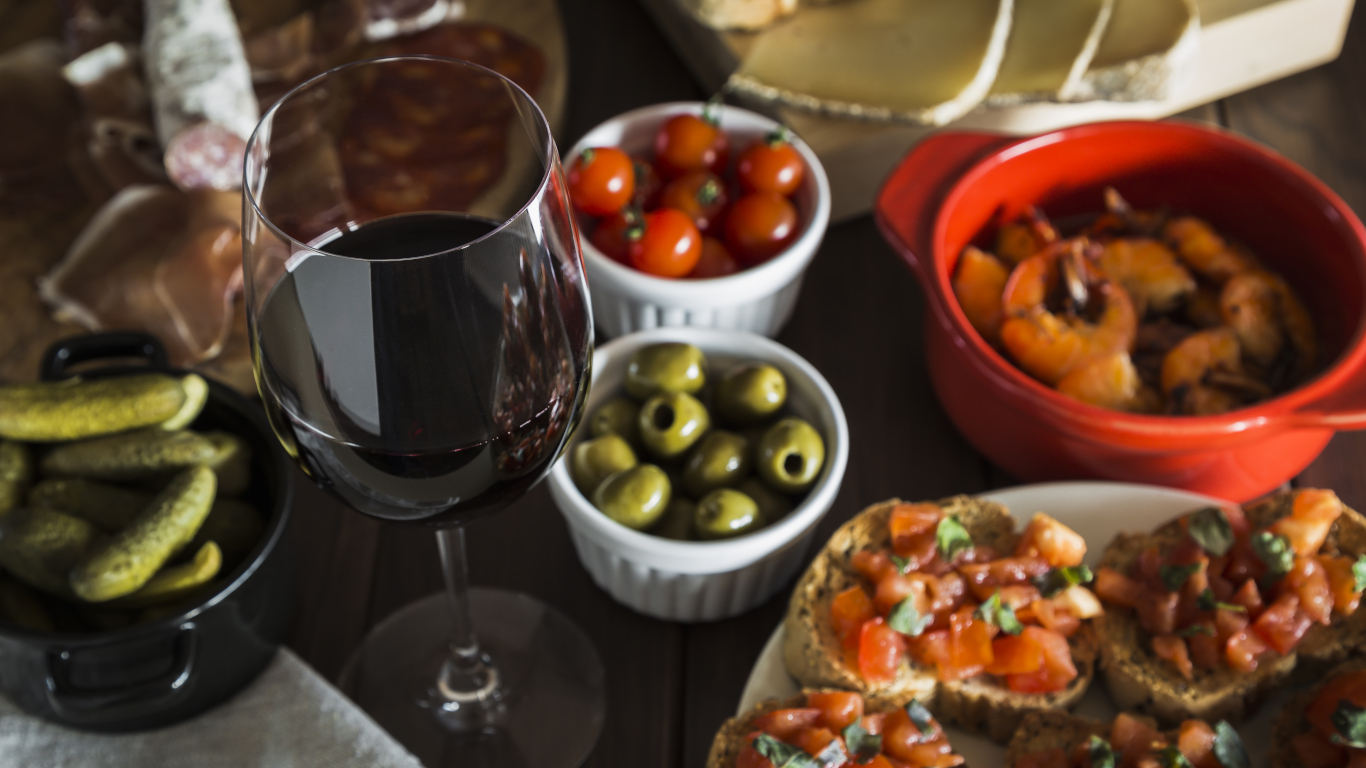
9) Don’t Forget Dessert Wines
Make sure that you have a bottle of dessert wine to hand, as this goes fantastically well both with cheese and the sweeter part of your meal. A lovely Sémillon blend or Muscat offering will have your guests leaving with the right impression. Or a little drop of Port or Sherry will do the trick.
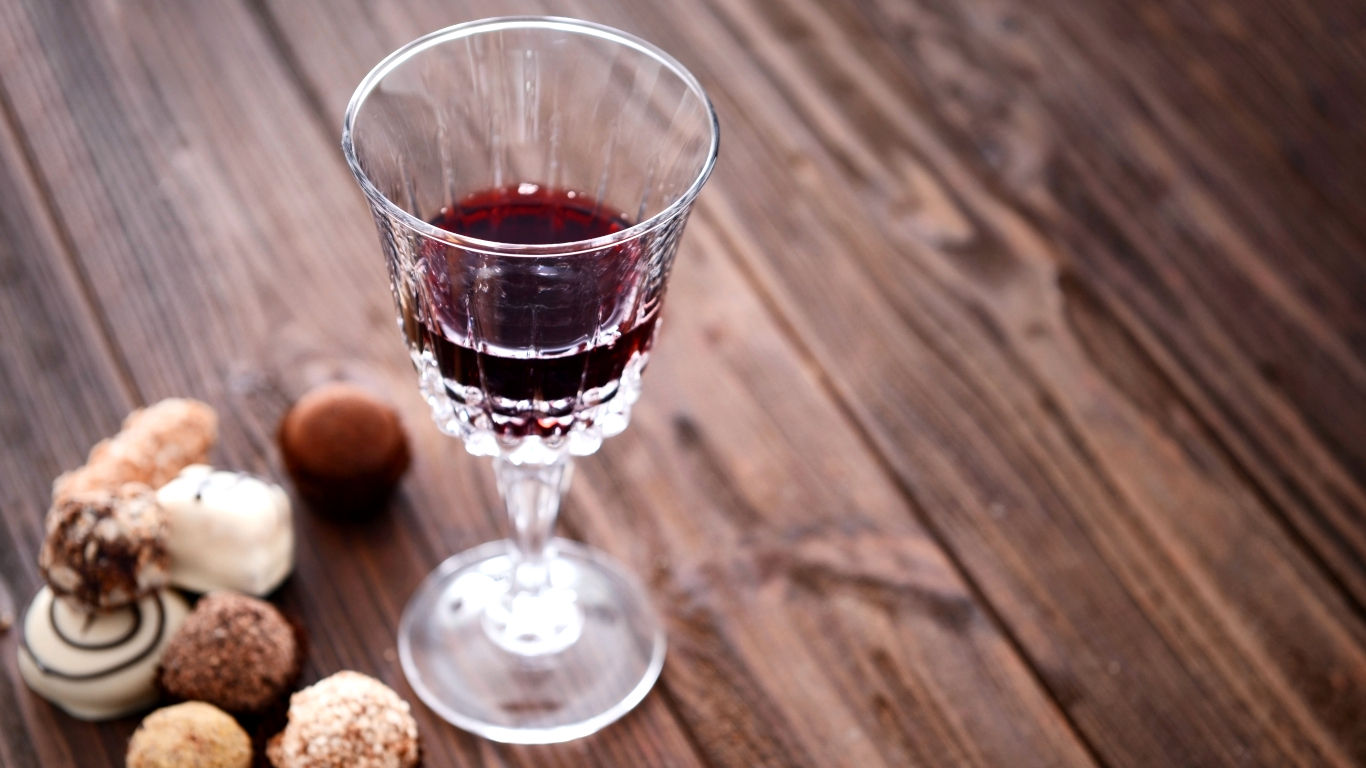
10) Serving Red Wine
Most reds will benefit from being opened half an hour or so before serving, in order to allow the wine to open up and the flavours to develop, both on the nose and on the palate. If you have a decanter, a quick splash decant will bring alive the wine’s characteristics!
For older wines that may contain sediment, stand the bottle upright for 24 hours to allow the sediment to settle at the bottom. Sediment is often found in aged and minimally filtered reds, such as Claret and Burgundy. Pour these wines carefully and leave a small amount at the bottom of the bottle, as this is the part that will most likely contain the unwanted bits.
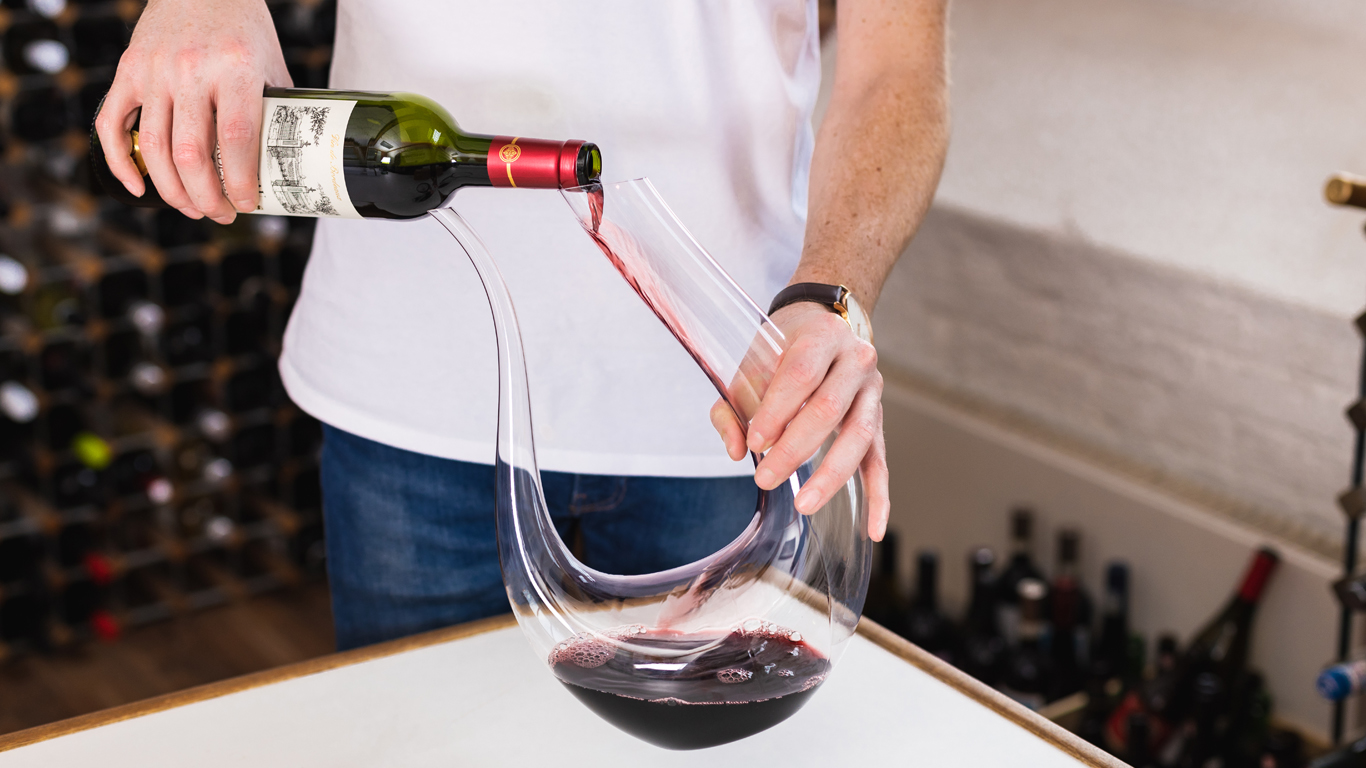
Head to the How to Decant Wine page in our Wine Guide for a handy breakdown of how to do this properly to really bring the wine’s aromas to life!
11) Use Leftover Wine in Cooking
Wine can be a versatile cooking ingredient and it’s commonly used to create flavoursome dishes around the world. It’s always better to add a splash of a wine you love in your cooking and to avoid anything labelled ‘Cooking Wine’, as it tends to be a much lower quality with very little flavour.
White wines are typically used with light-coloured meats such as chicken and fish, whereas red wine tends to be partnered with darker meats like beef. White wine is often associated with citrus, vegetables and mushrooms, whereas red wine is more appropriate for fruits, berries and chocolate. These are some safe guidelines for beginners, but once you’re more comfortable there is definitely room to be creative and experimental!
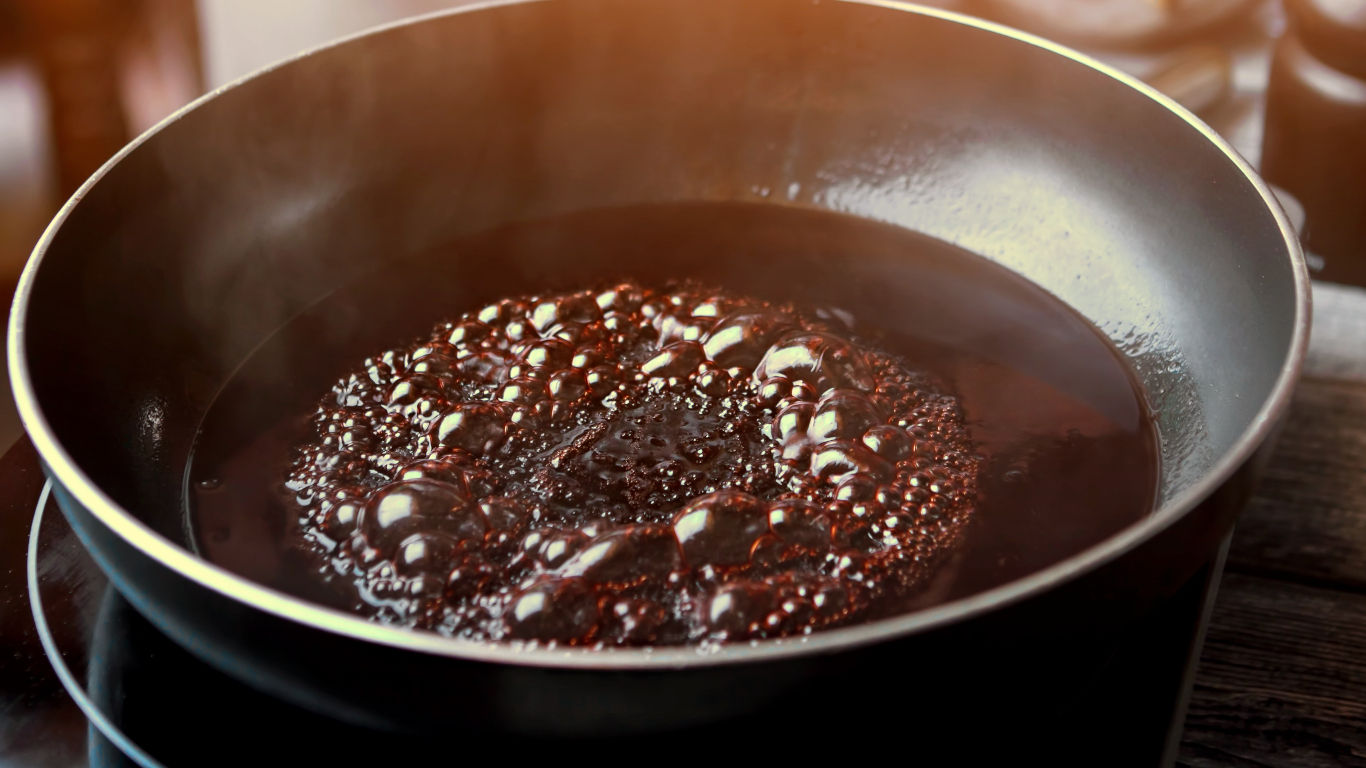
So, if you have any good quality leftover wine knocking around in the kitchen that needs using up, why not throw it into a recipe of your choosing and make the most of it!

